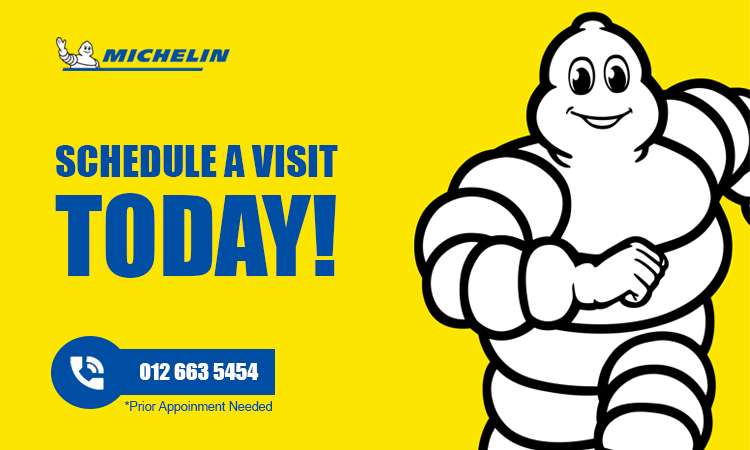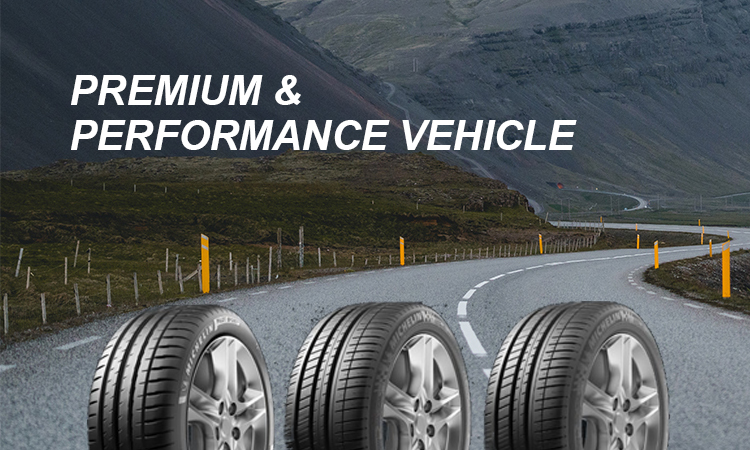With regards to vehicle support, tire position is a vital viewpoint that can fundamentally influence wellbeing and execution. Whether or not to put in new tires on the front or rear of a vehicle has been a subject of much discussion among car specialists.
Whatsapp: 012 663 5454
With wellbeing as our need, we’ve talked with old pros to present to you a nitty gritty investigation that tends to every one of your interests.
Grasping the Elements: Front vs. Rear Tire Arrangement
The position of new tires on a vehicle isn’t simply an issue of inclination; an essential choice includes figuring out the elements of your vehicle. A victory on a front tire can prompt an unexpected loss of guiding control, making it a possibly risky circumstance. Then again, the rear tires assume a vital part in keeping up with the vehicle’s steadiness, particularly during crisis moves or on wet surfaces.
Front Tire Position
Guiding Control and Hydroplaning Opposition Specialists who favor putting new tires on the front contend that the front wheels are answerable for directing and the vast majority of the slowing down force. New tires, with their more profound tracks, offer better hold and protection from hydroplaning, which is basic for keeping up with control during weighty slowing down or on wet streets.
Whatsapp: 012 663 5454
An expert said: Indeed, there is a rationale to that question’s response. Think briefly:
A victory on a front wheel will cause an emotional loss of controlling capacity and the vehicle will in a split second slew toward the blown tire. In the US that would in all probability toss the vehicle:
Into approaching cars assuming the left front tire blows
Or on the other hand into the shoulder (and perhaps ditch/guardrail) assuming that the right front tire blows
Rear tires? Not as horrendous an occasion by any means.
Bad, however directing, while impacted, isn’t genuinely compromised.
Put your best tires in front and the totally best one? Left front in the US and right front in Japan and the UK.
Whatsapp: 012 663 5454
Rear Tire Situation
Those upholding for new tires on the rear underline the significance of security. The rear tires help forestall oversteer, which can happen when the rear of the vehicle loses grasp and swings out. This is especially significant in wet circumstances, where worn rear tires can prompt a deficiency of vehicle control.
An Expert said: You generally need your best tires in the rear.
One thing that was learned quite a while in the past is that disappointment of a rear wheel in any capacity will in general reason the vehicle to turn and the driver to let completely go.
Early vehicles with mechanical brakes just had brakes on the non-turning rear wheels. Applying the mechanical brakes sufficiently to lock the rear wheels at speed would send the vehicle into the trench, which was normally lethal thusly of-the-twentieth century mishaps.
Early automated stopping device frameworks frequently just held the rear wheels back from securing, as those are the ones you truly don’t need securing!
Tire track redirects water so the elastic tire connects with the street surface instead of drifting on the water. Practically no track implies zero foothold in the event that any critical measure of water is covering the asphalt. This is pretty much as terrible as locking as wheel to the extent that controlling the vehicle goes. On the off chance that the rear end slides out and the vehicle ‘trades closes’, you’re probably making a beeline for the trench or the approaching path.
Whatsapp: 012 663 5454
Well-qualified Feelings and Best Practices
Hustling Viewpoint
A hustling master brings up that while oversteer can be overseen by talented drivers, it tends to be unnerving for the typical driver. For front-wheel-drive vehicles, this master recommends putting new tires on the back to keep the front tires from securing during alarm slowing down.
Reaction from a devotee: There are separating sentiments about this however assuming that I need to purchase two tires just, I generally really like to have the new ones on the front hub for the accompanying reasons:
Directional dependability. Since new tires have a more prominent slip point (twist of the tire contact region comparative with wheel point) the directional steadiness is declined assuming that the slip point of the rear pivot is more noteworthy than that of the front one.
Conduct in twists. At high velocity on dry streets, vehicles (even front wheels drive) consistently have a slight oversteering propensity. It is decreased with the new tires at the front, yet expanded with them at the rear. On tricky streets with utilized tires at the front, vehicles understeer and may try and decline to turn. They oversteer with the new tires at the front, which I favor in light of the fact that an oversteer is more controllable than a front hub loosing all grasp.
Aquaplaning opposition : it is better with new tires since their sections are more profound. Aquaplaning consistently occurs on the front, never at the rear in light of the fact that the rear tires follow the track on which the front tires have ousted a large portion of the water layer.
Slowing down. Since 80 to 85% of a crisis slowing down is finished by the front wheels, slowing down distances will be a lot more limited on a wet surface with the new tires at the front. On a dry street, there will not be such a lot of distinction, regardless of whether slowing down would be somewhat more limited with the pre-owned tires at the front.
Wear. On a front wheel drive vehicle, which has around 65% of its weight on the front tractive pivot, the front tires wear significantly more rapidly. Hence, string wear will balance on the off chance that the new tires are at the front, so and as Tony Li composed, we skirt a rear-front wheels trade. Just a single trade will be required when the front tires are about half worn.
Directional Strength and Taking care of
One more expert features the significance of directional strength and taking care of in twists. New tires on the front pivot work on high velocity dependability and lessen oversteering propensities on dry streets.
Aquaplaning and Slowing down
Tending to aquaplaning opposition, one expert notes that new tires are more powerful at scattering water, which is indispensable since aquaplaning ordinarily influences the front tires first.
Tire Wear and Substitution
According to a wear point of view, front tires on front-wheel-drive vehicles will generally break down quicker. Putting new tires on the front can assist with balancing track wear, diminishing the requirement for continuous tire pivots.
Whatsapp: 012 663 5454
Settling on an Educated Choice The agreement among car experts is that there is nobody size-fits-all response. The choice ought to be founded on your vehicle type, driving propensities, and normal street conditions. For the people who drive overwhelmingly on dry streets, new tires on the front may be the most ideal choice. Nonetheless, assuming you frequently experience wet or elusive circumstances, putting new tires on the rear could be the more secure decision.
secure and more pleasant driving experience and can add to the general life span and execution of your vehicle.

-























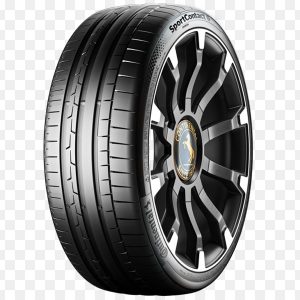
Continental
Order Now -
























Continental ComfortContact CC6
Order Now -
























Continental ComfortContact CC7
Order Now -
























Continental Conti Contact Electric Cars
Order Now -
























Continental Conti4x4Contact
Order Now -
























Continental ContiCrossContact AT
Order Now -
























Continental ContiCrossContact UHP
Order Now -
























Continental ContiEcoContact 5
Order Now -
























Continental ContiPremiumContact 5
Order Now -
























Continental ContiSportContact 2
Order Now -
























Continental ContiSportContact 3
Order Now -
























Continental ContiSportContact 5
Order Now -
























Continental ContiSportContact 5P
Order Now -
























Continental CrossContact AX6
Order Now -
























Continental CrossContact LX 2
Order Now -
























Continental CrossContact LX Sport
Order Now -
























Continental MaxContact MC5
Order Now -
























Continental MaxContact MC6
Order Now -
























Continental PremiumContact 6
Order Now -
























Continental SportContact 6
Order Now -
























Continental UltracContact UC6 SUV
Order Now -
























Continental UltraContact UC6
Order Now -
























Continental UltraContact UC7
Order Now -

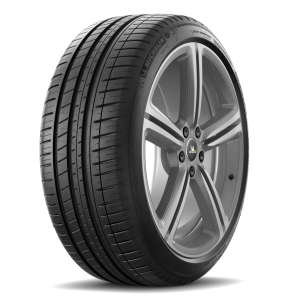
Michelin Pilot Sport 3 Max
Order Now -

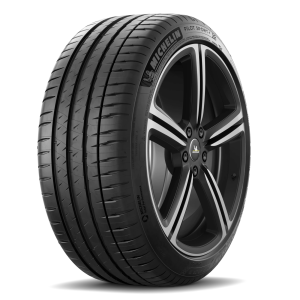
Michelin Pilot Sport 4 Max
Order Now -

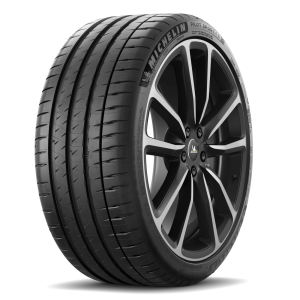
Michelin Pilot Sport 4 S Max
Order Now -

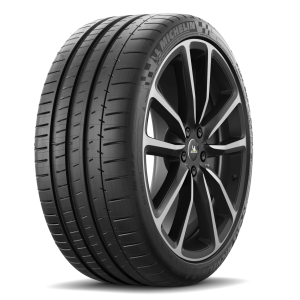
Michelin Pilot Super Sport Max
Order Now -


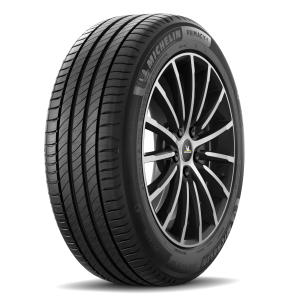
Michelin Primacy 4 Max
Order Now -



Michelin Tyres
Order Now -









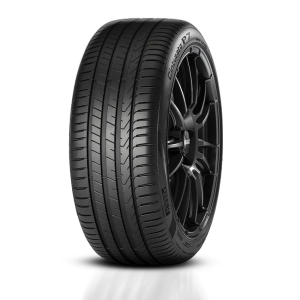
Pirelli
Order Now -










Pirelli Cinturato P7
Order Now -










Pirelli p Zero
Order Now -










Pirelli P Zero Cors
Order Now -










Pirelli P Zero Rosso
Order Now -










Pirelli Scorpion Verde
Order Now -










Pirelli Scorpion Verde All Season
Order Now -










Pirelli Scorpion Zero
Order Now -










Pirelli P Zero Pz4
Order Now
Michelin Tyre Puchong (Techtunes Auto)
Address: No 11, Jalan Tpk 1/1, Taman Perindustrian Kinrara, 47100 Puchong, Selangor
Phone Number: 012 663 5454
Phone: 24/7 Hotline ![]()
![]()
Whatsapp: 012 663 5454
Website: https://tyreprice.com.my/
Email: [email protected]
Website: https://tyreprice.com.my/
Google Site: Google Site
Google Link: Google Business
Linktree: Kedai Tayar Near Me
Whatsapp: 012 663 5454
kedai tyre near me
kedai tayar
kedai tayar kereta near me
kedai tayar murah near me
kedai tayar Michelin near me
kedai tayar terpakai near me
Michelin tyre shop near me
Understanding The Significance Of Vehicle Tires
- Improving Footing and Grasp
- Ensuring Slowing down Execution
- Giving Stability and Durability
- Advancing Eco-friendliness
Key Factors To Consider While Choosing Vehicle Tires
- Tire Size and Type
- Atmospheric conditions
- Track Example and Profundity
- Burden List and Speed Rating
- Tire Construction and Materials
The Significance of Tire Upkeep
- Ordinary Tire Inspections
- Tire Pressure Checking
- Tire Pivot
- Wheel Arrangement and Adjusting
- Appropriate Storage Practices
Tire Safety Tips for Various Weather patterns
Normal Signs of Tire Wear and Possible Issues



